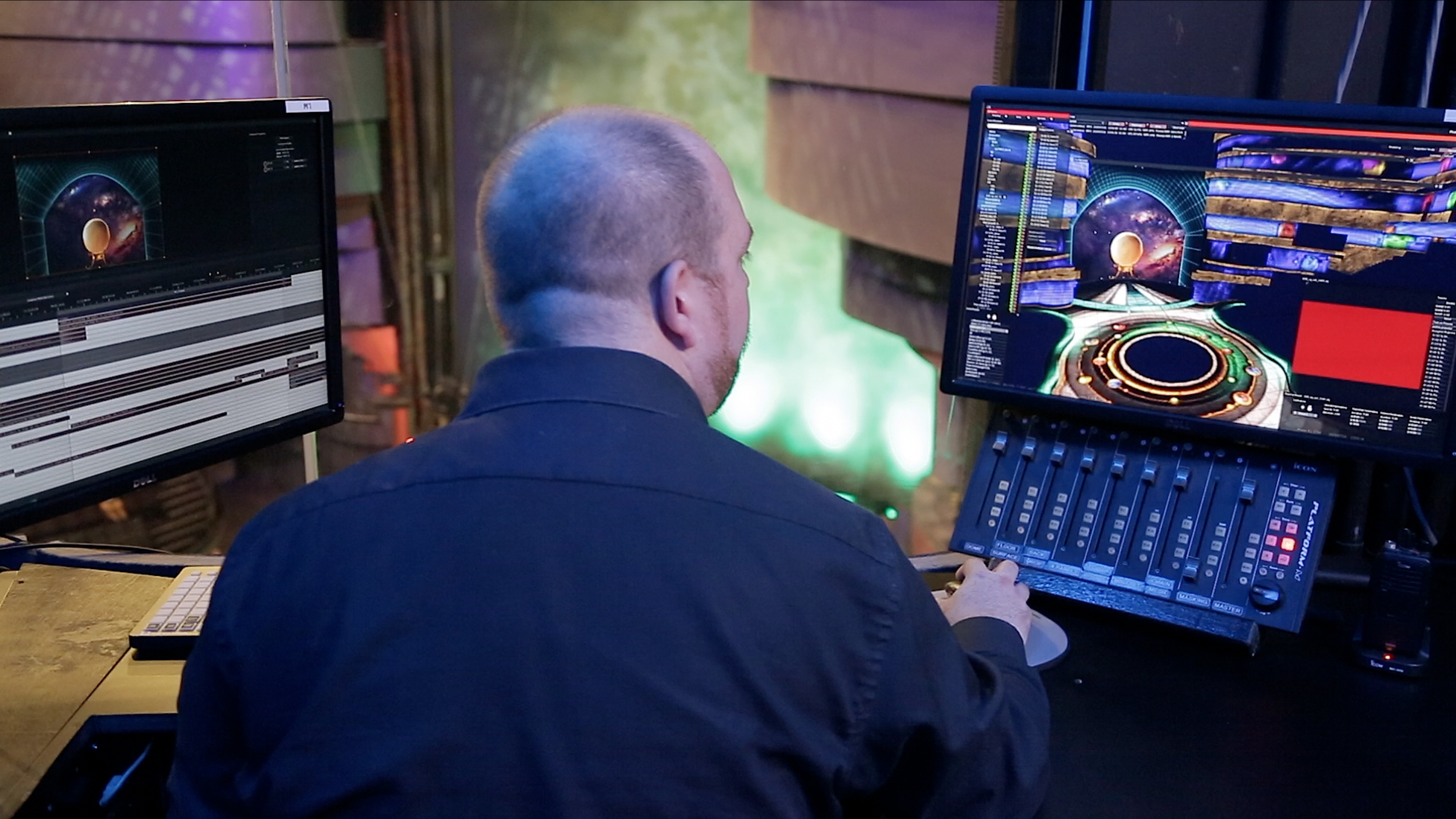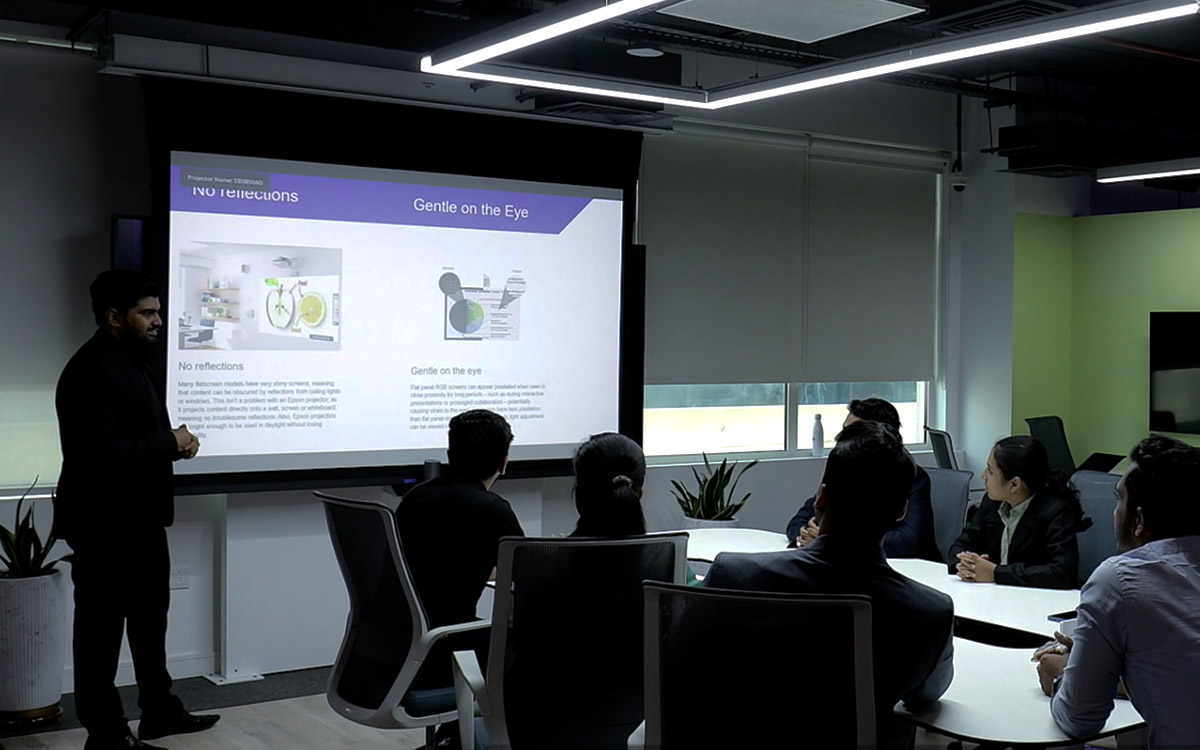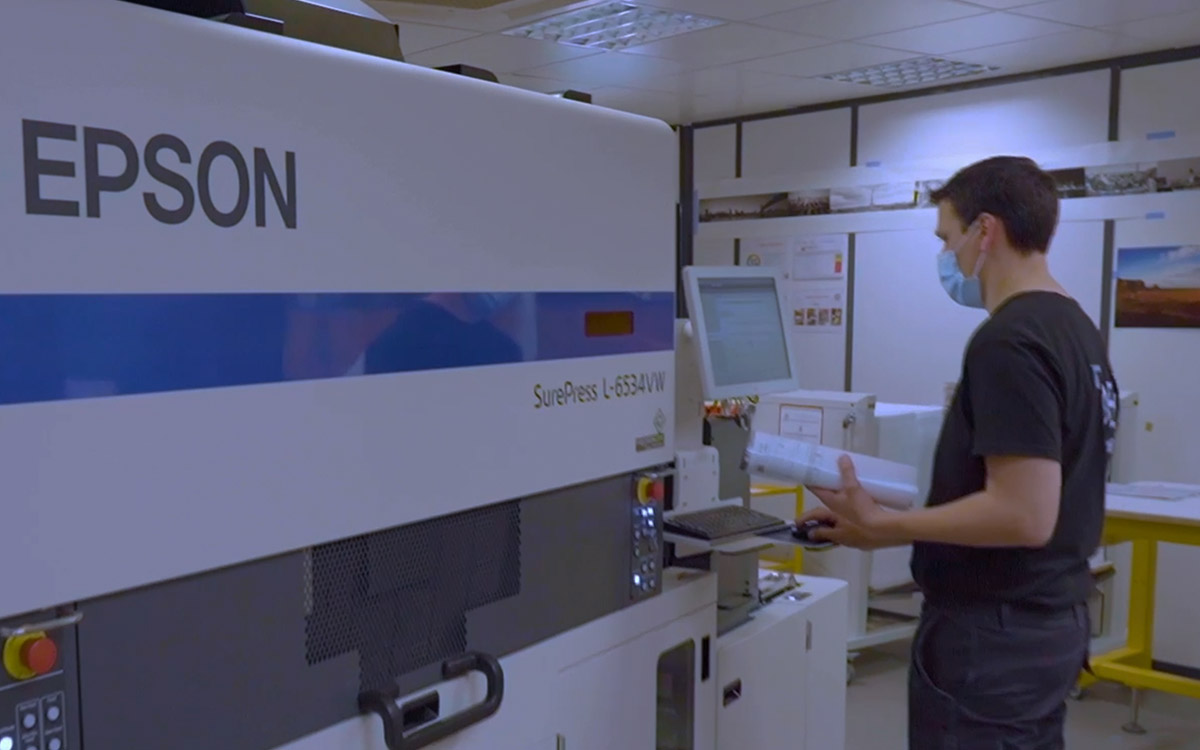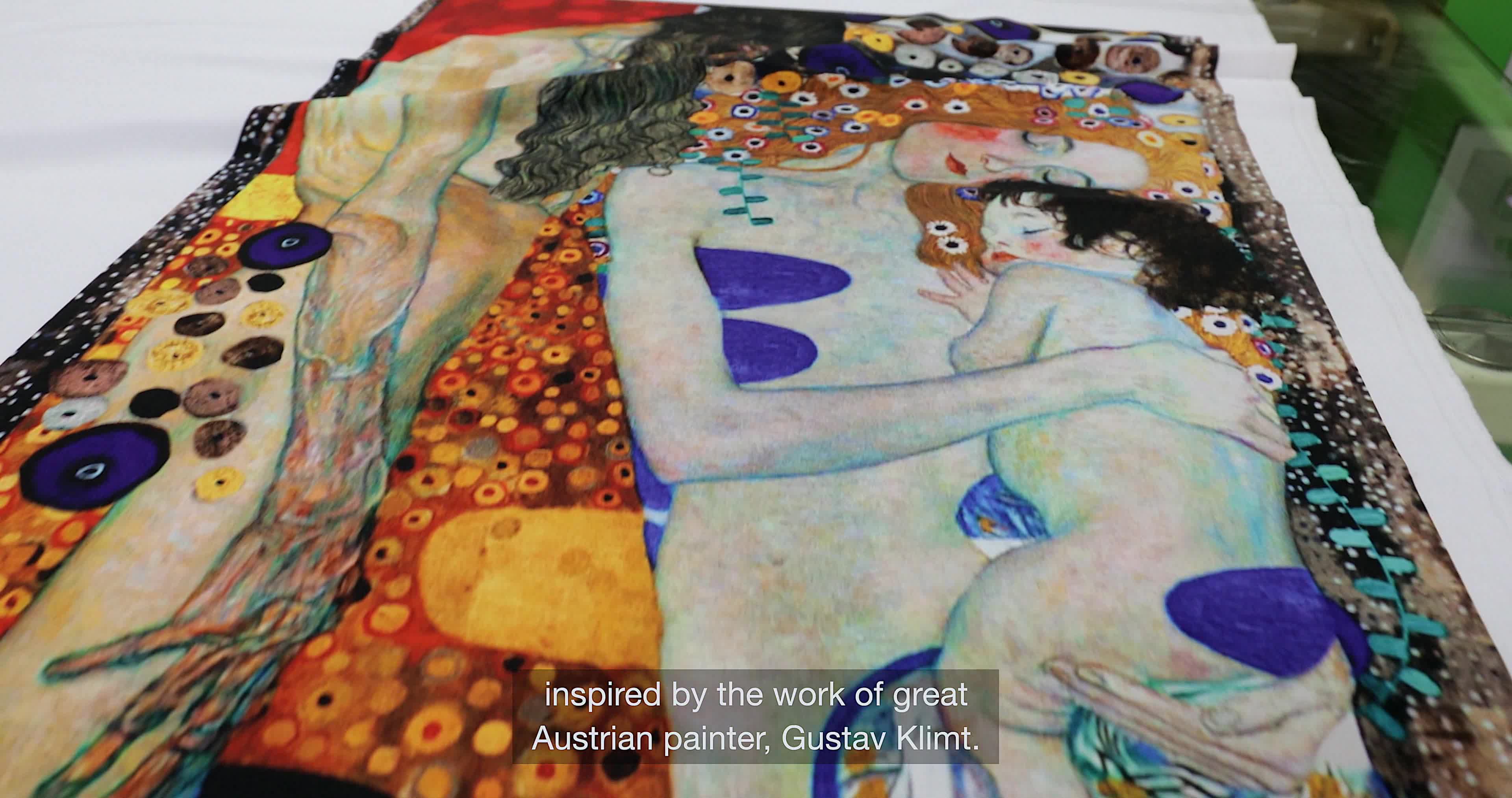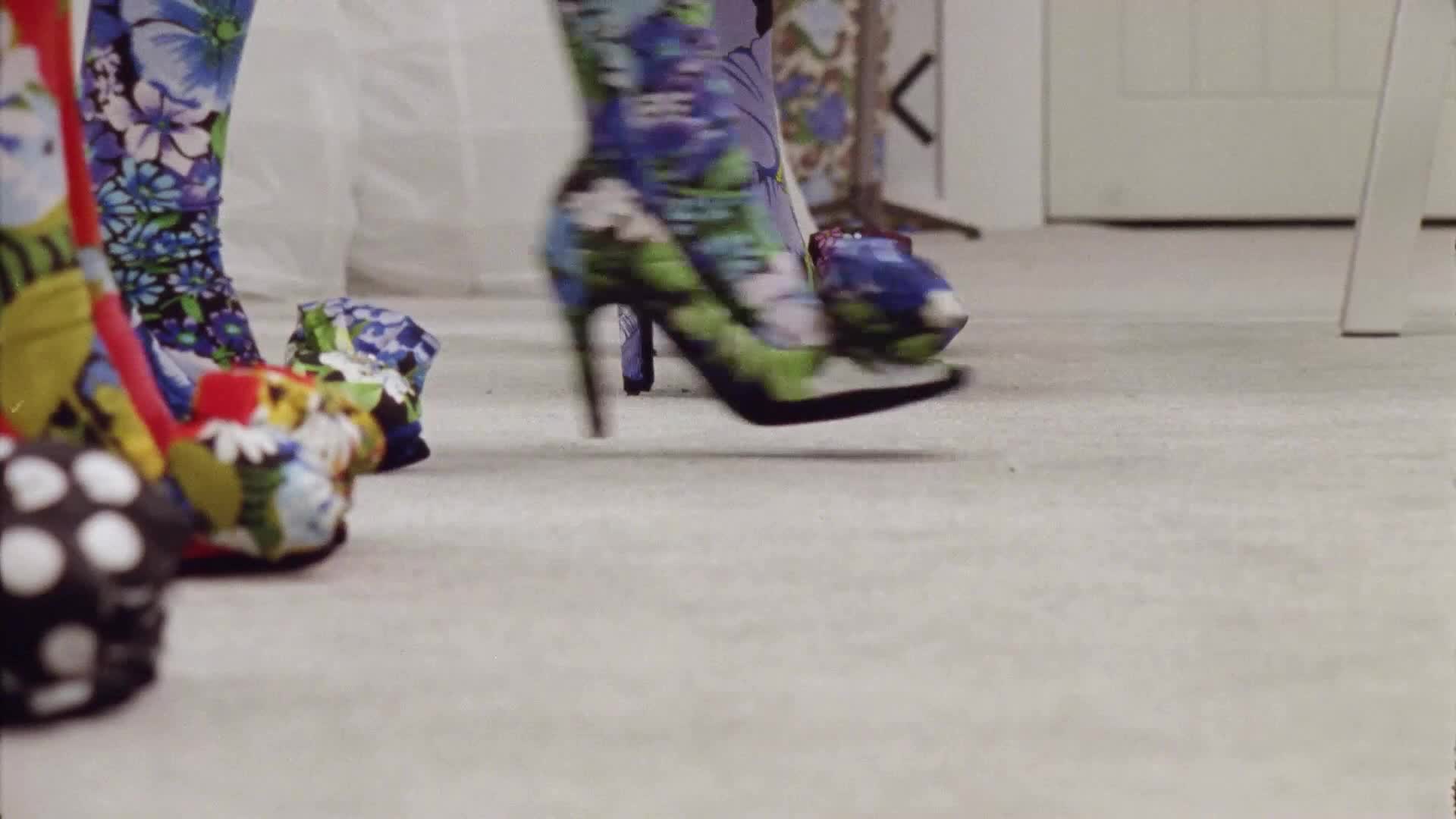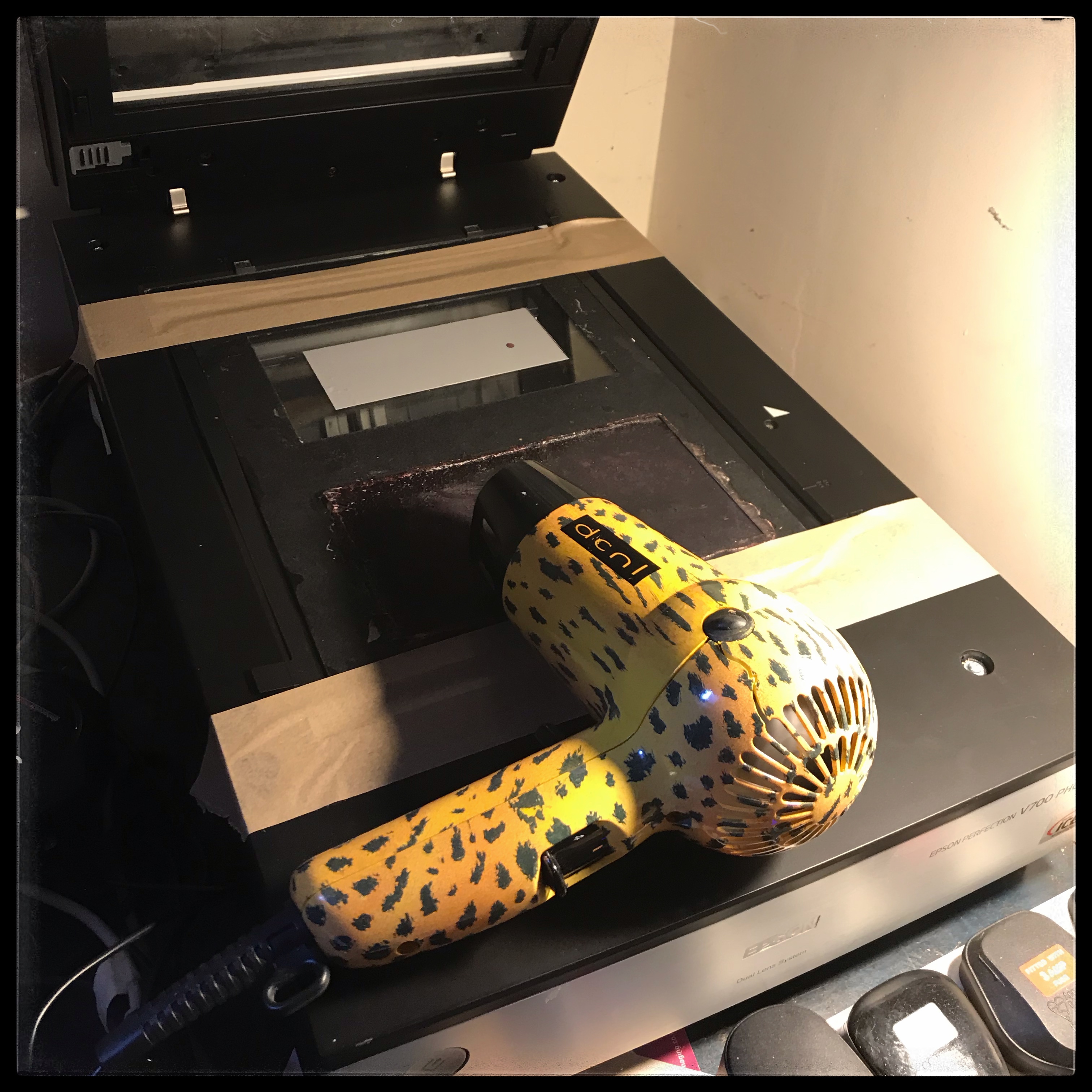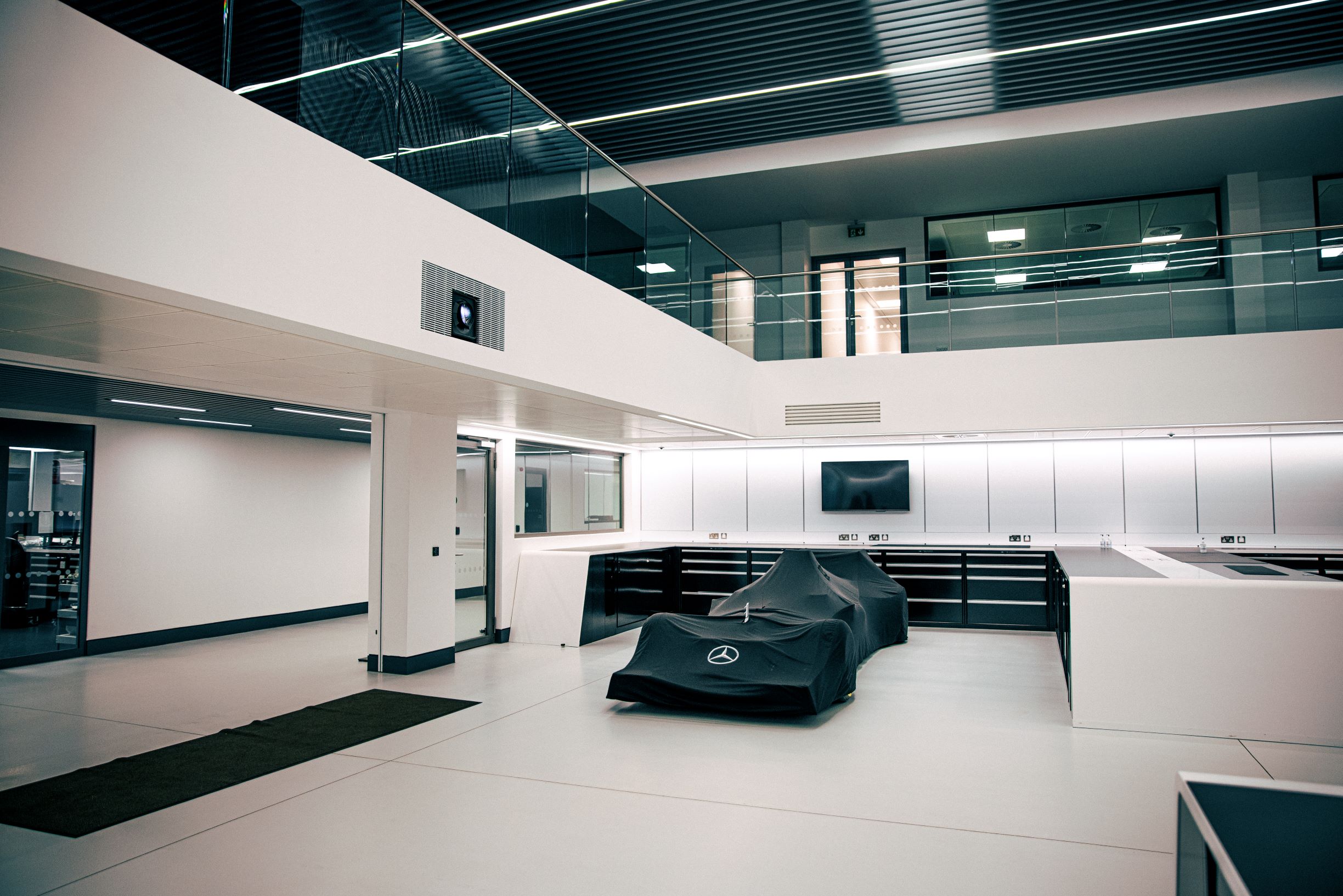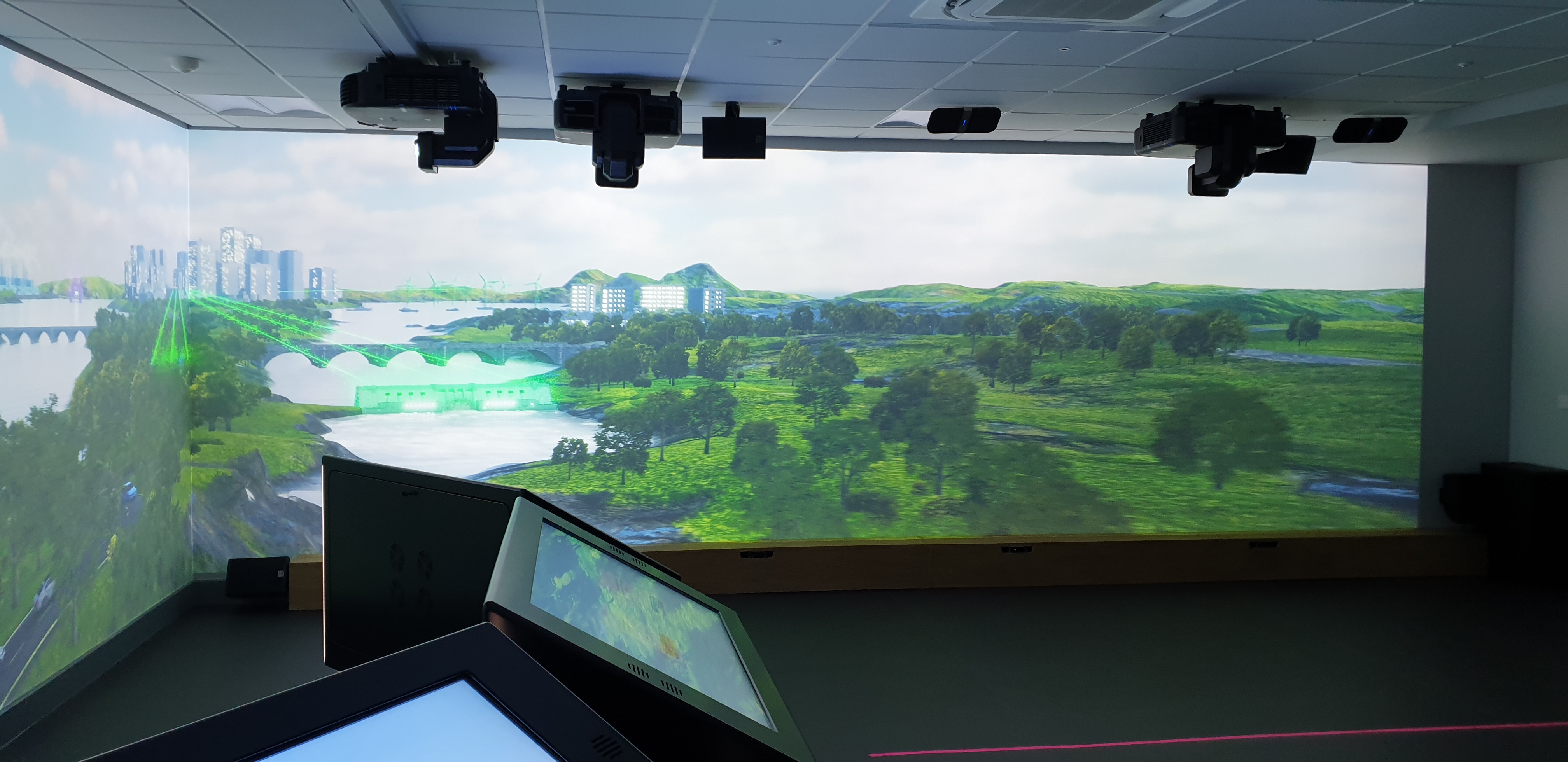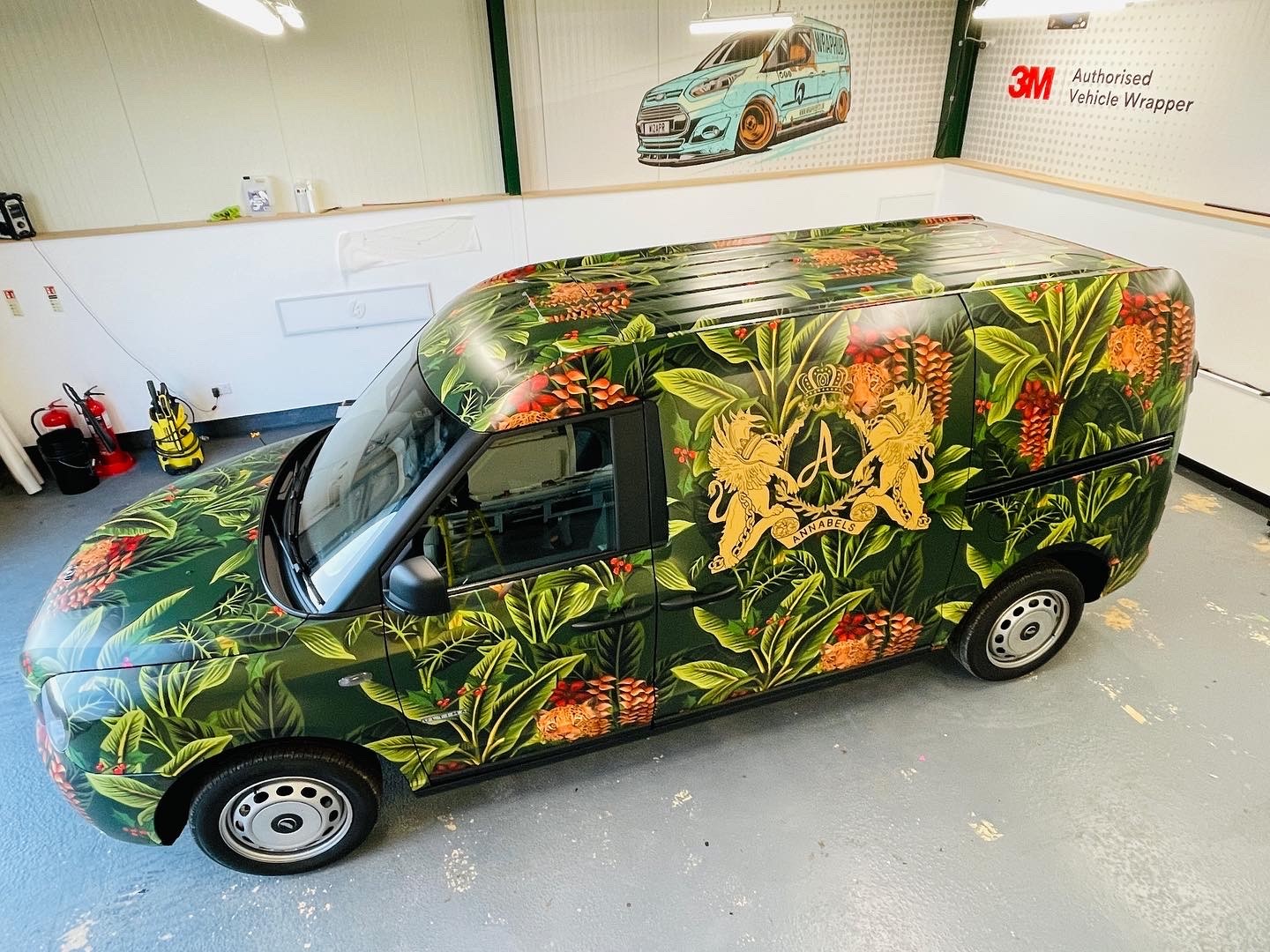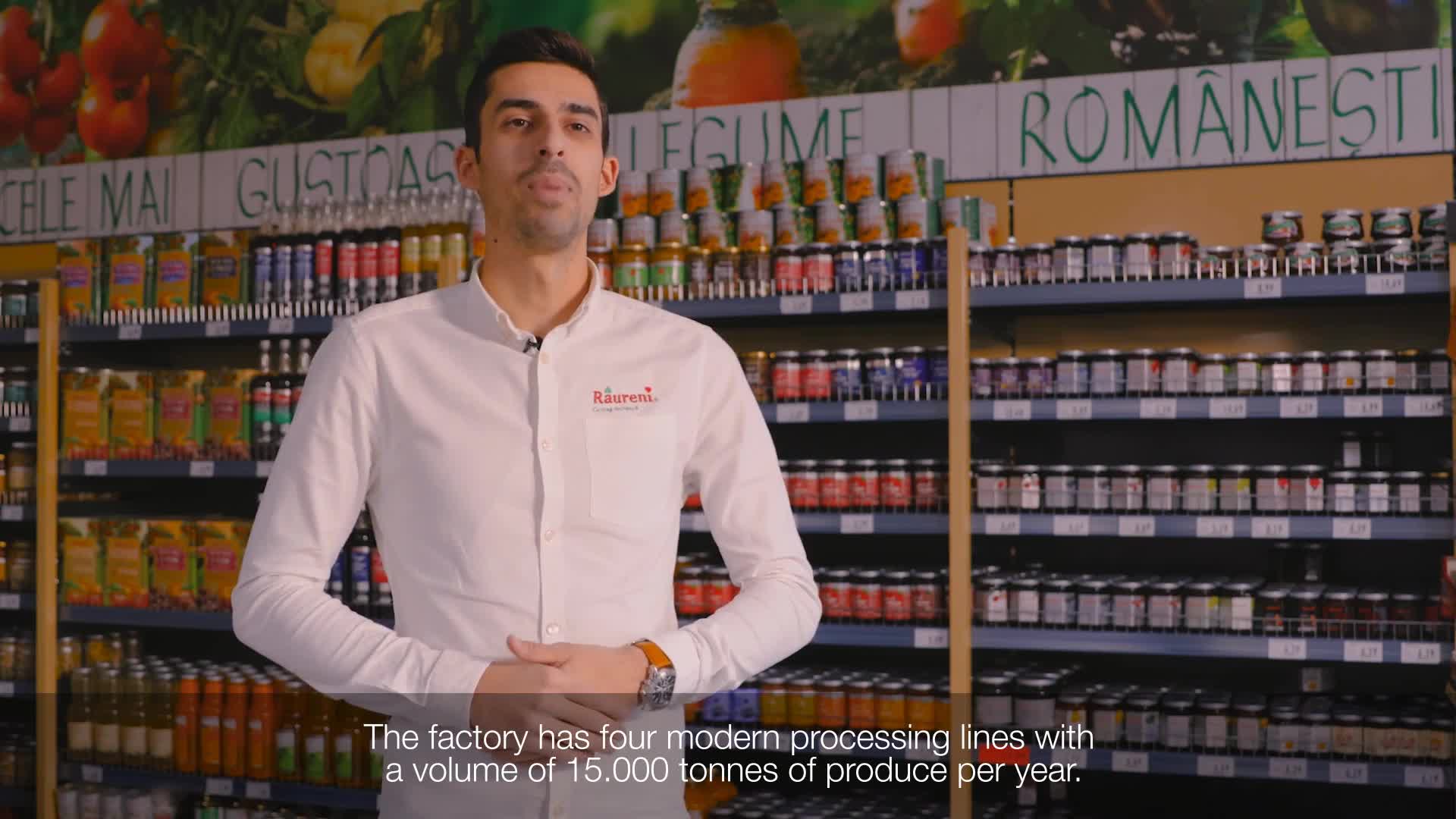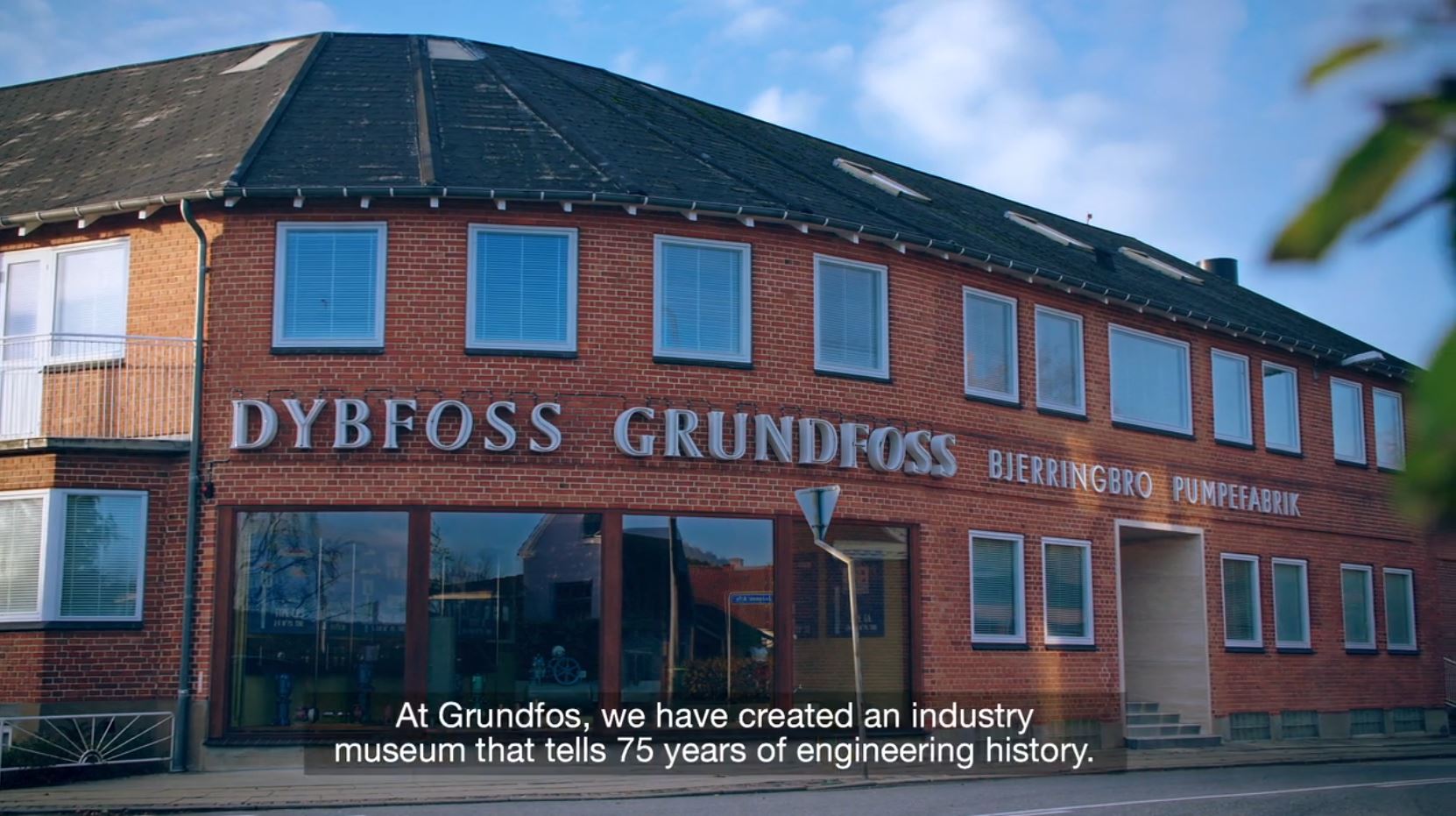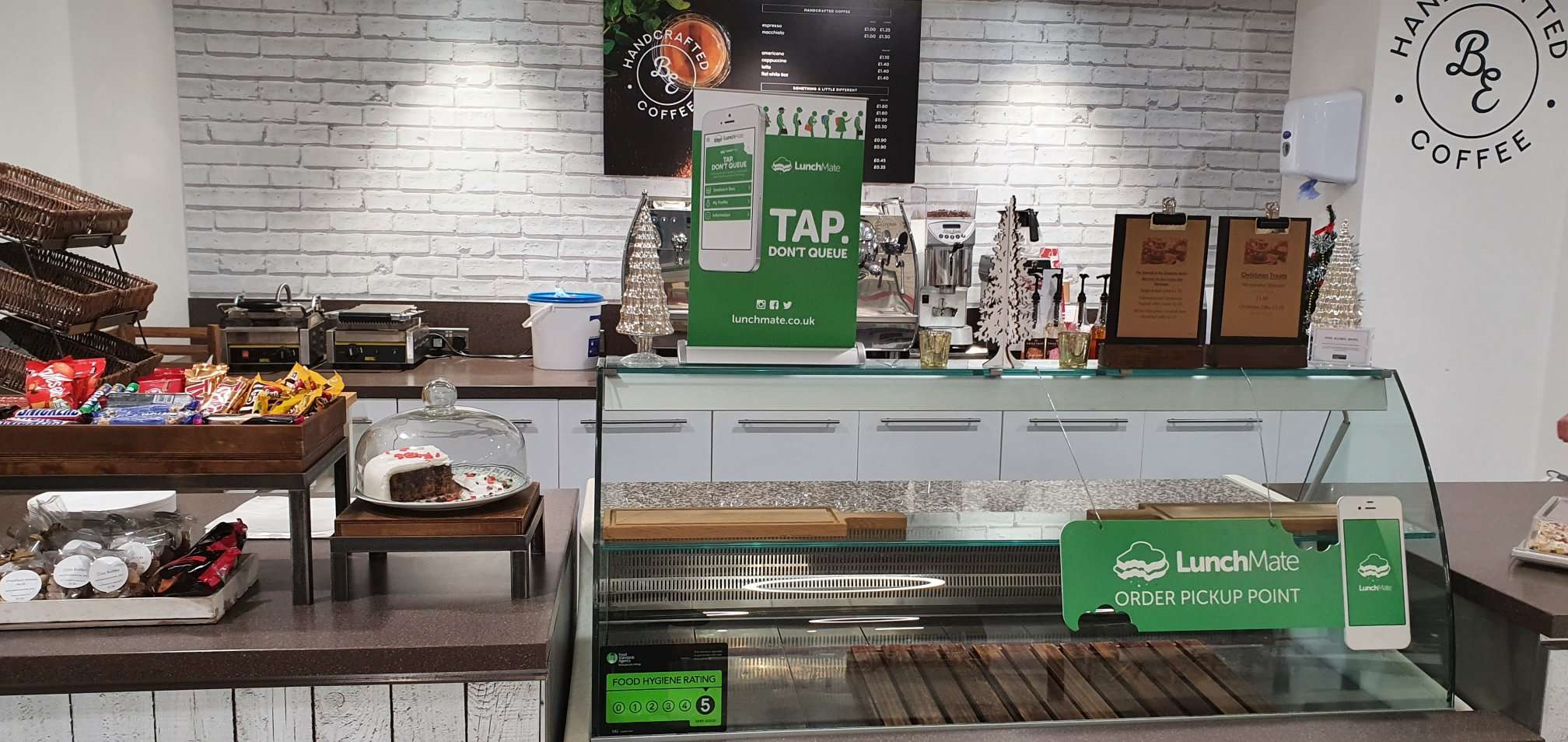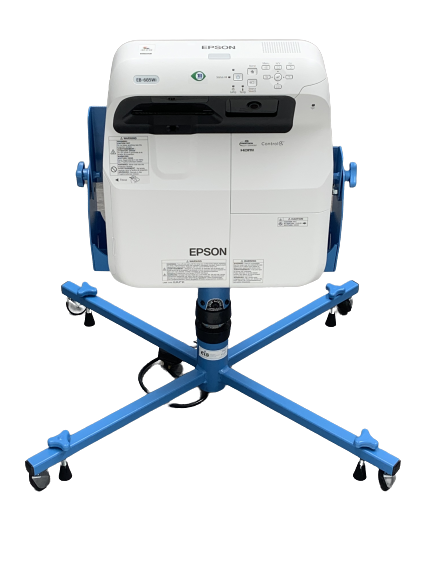ubh MECHANICAL ENGINEERING uses SCARA robots for injection molding
SCARA robots are being used in a new process for injection molding by specialist machine builder ubh MECHANICAL ENGINEERING. The SCARA are deployed in a wide variety of tasks and are producing 2.6 million injection molded connectors per year
A whole phalanx of SCARA robots
Modern cars contain up to 20 per cent plastic. This makes them lighter and so more economical in energy consumption. Headlights, bumpers, mirrors are the most obvious polymer components on the outside. Depending on the type of vehicle there is hardly a part in the interior that is not made of plastic. Many lightweight plastic components are hidden from sight, such as numerous injection-molded plug-in connections for sensor technology and for transmitting control impulses, starting with the rain sensor and ending with the automatic transmission.
In the production of electro-mechanical components, some of which are highly complex, one thing counts above all else: absolute precision. The connectors – often hybrid plastic injection-molded parts with integrated metal plugs – are exposed to high stresses in the vehicle, such as changing temperatures and vibrations.
Thanks to the new production process by specialist machine builder ubh MECHANICAL ENGINEERING GMBH (ubh ME), maximum precision is no problem. Twelve SCAR robots from Epson deliver high speed with optimum accuracy to produce 2.6 million injection-molded connectors for the automotive industry each year.
From product to system
The parent company of the ubh group of companies, ubh SOFTWARE & ENGINEERING GMBH, has been creating software solutions in the field of intralogistics and automation for over 35 years. With the know-how gained over many years, the company entered the field of mechanical engineering in 2005. The step from software development for automation to developer and producer of highly complex automation solutions has paid off. Today, the group of companies is known for its innovative and creative automation solutions. “We always take the path from the product to the system, never the path from the system to the product,” explains Siegfried Schwarzer, Managing Director at ubh ME. “This makes us particularly solution-oriented – detached from a fixed basic system. This means we integrate different systems into one plant. This conceptual flexibility makes us very successful.”
An elegant lightness and dynamic precision reminiscent of modern ballet
While ubh ME primarily used self-designed linear axis systems until about five years ago, the new plant for the production of connector housings relies on SCARA robots from Epson. These take on a wide variety of tasks. Right at the beginning of the process, seven SCARAs move in a row with an elegant lightness and dynamic precision reminiscent of modern ballet. Their job is clearly defined: they grab metal pins coming from seven feed stations and insert them into workpiece carriers at various positions. Precisely positioned, the metal pins are then over-molded in the injection molding machine with a shape that is both stable and filigree. Five further SCARA robots from Epson are responsible for the transport, precise and fast pick-up and setting down with special tools. The most important stations are the application of a data matrix code by laser, an inspection station for checking the pin length by wobble circle inspection and a camera inspection. Finally, the connector elements are securely packed in trays.
Robot systems interlock
A special feature of the new system is the dynamic logistics using robot technology. “We don’t guide the component through the plant in a classic fixed cycle, but flexibly and dynamically,” says Schwarzer. “The robot systems overlap and interlock, such as in the inspection station or when printing by laser.” For ubh ME, it was the first time that it had also used SCARA robots to assemble filigree contacts in a system. “Different positions can be approached with high precision and sometimes even several contacts can be inserted at once,” explains the passionate mechanical engineer. In addition to speed, flexibility and precision, the high degree of reusability for changing tasks and components also works in favour of the robot solution. “Robots enable us to react to position changes much faster than if we were working with linear axes. We have greater flexibility if the component changes or additional work steps are added.”
Robotics partner with know-how
In addition to the innovative and reliable robot technology itself, Schwarzer appreciates Epson’s good cooperation and support with robotics know-how. “When we took our first steps in the field of robotics five years ago, we received excellent support from Epson’s field service and specialist departments,” emphasises the Managing Director of ubh ME. “We had to learn to rethink away from linear movements to dynamic ones. Epson really helped us a lot with that.” What ubh ME particularly appreciates about Epson’s product portfolio is that it is so broadly diversified. With a variance of over 300 models of SCARA robots alone, it offers ubh custom-fit solutions for a multitude of applications.

